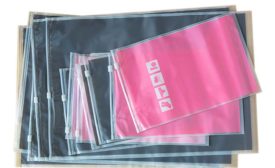Articles by Chip Bolton
Tech | Packaging
The future of deli trays
Thermoformed trays may take a leap forward in 2021.
Read More
Stay ahead of the curve. Unlock a dose of cutting-edge insights.
Receive our premium content directly to your inbox.
SIGN-UP TODAYCopyright ©2024. All Rights Reserved BNP Media.
Design, CMS, Hosting & Web Development :: ePublishing










